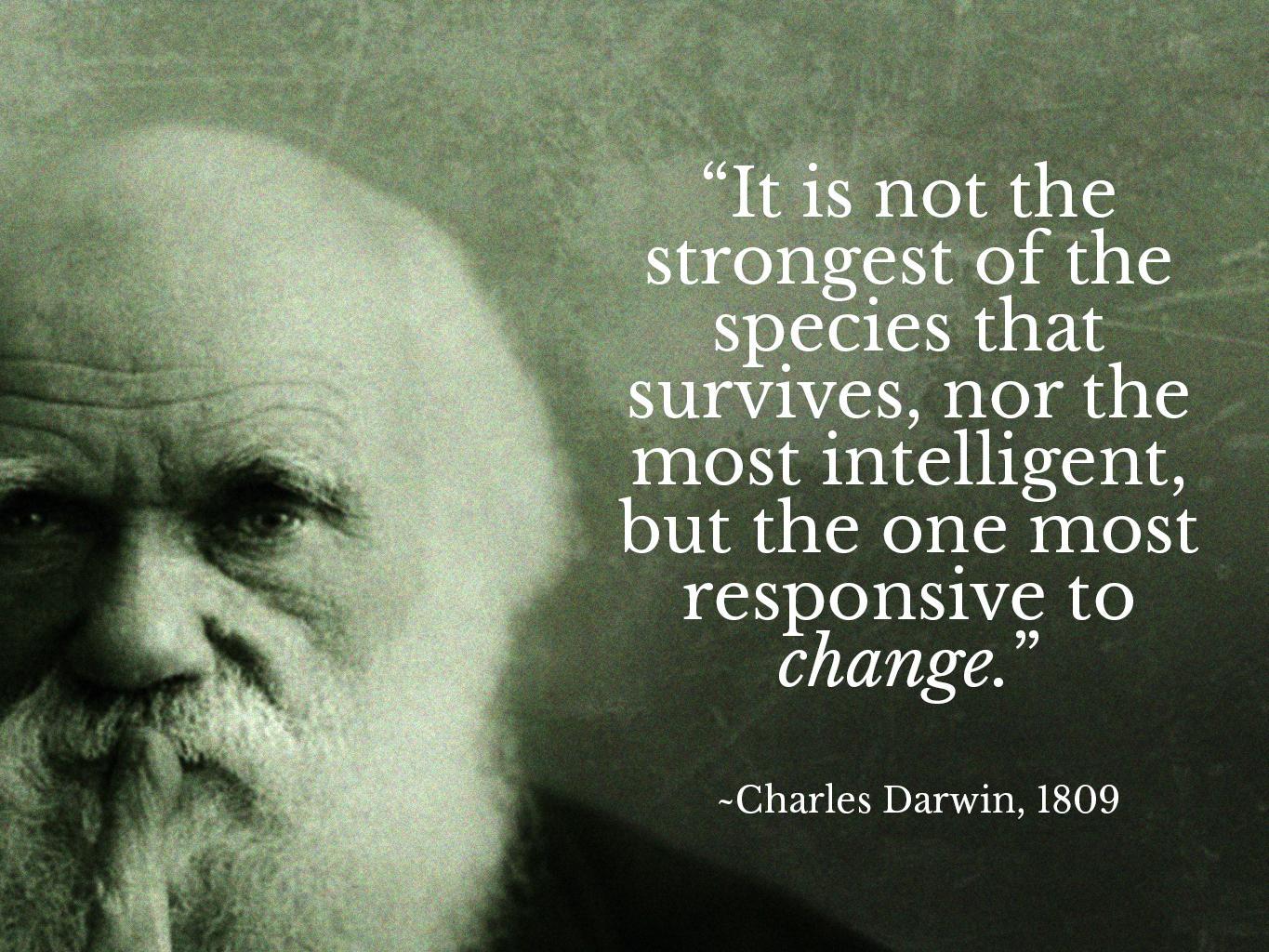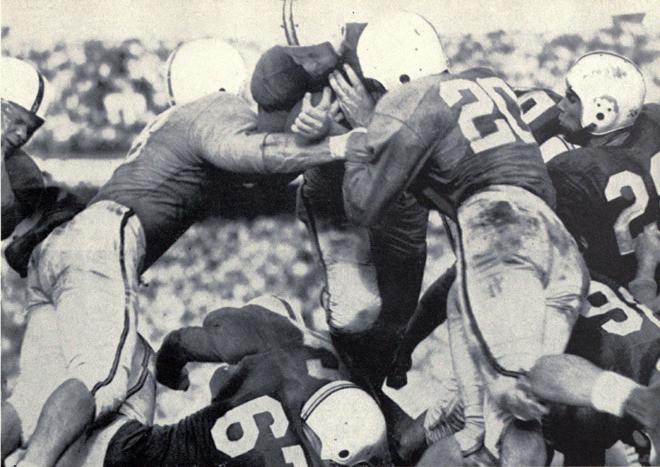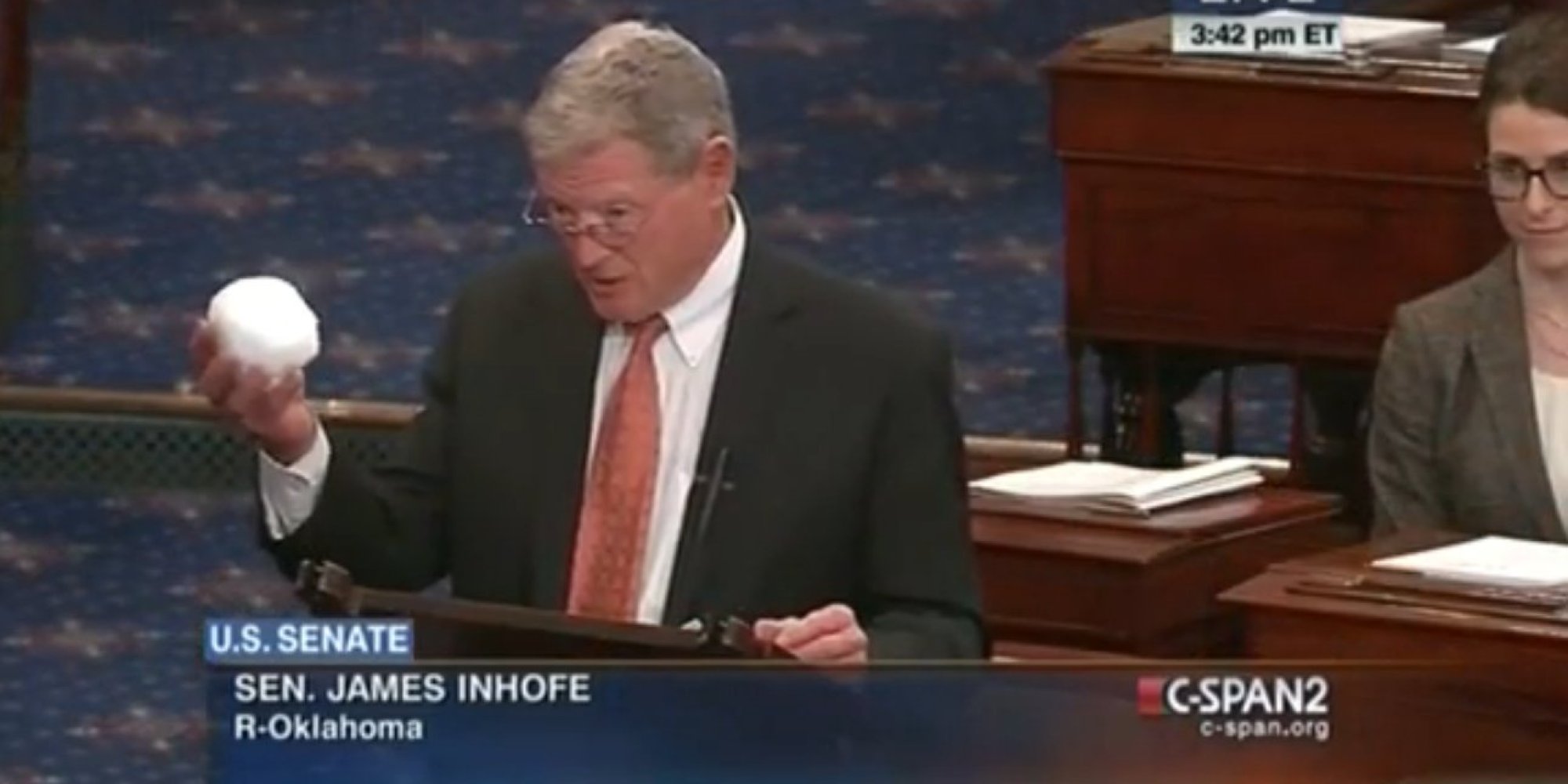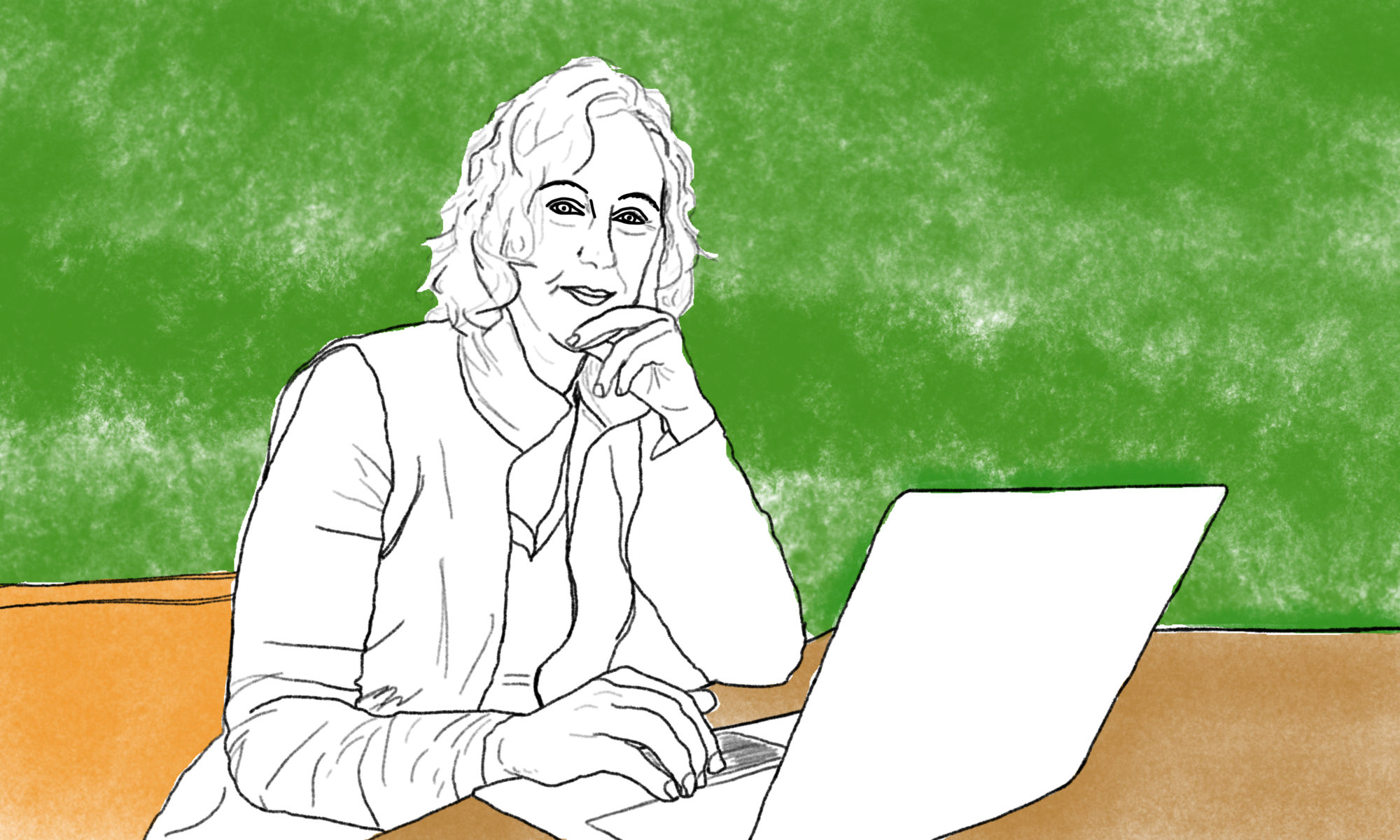When you try to get pregnant, you see prams everywhere. When you try to lose weight, you see cakes everywhere. You see what you pay attention to.
I learned this when I tried to learn how to ride a motorcycle. My instructor sighed disappointedly after yet another time I fell over because I hit a curb or pawn: you drive to where you are looking.

Our head is built in such a way that we best see and remember the facts and events around us if they are in line with the world view we already have. We have a desire for consistency: once we have formed an opinion, our brains no longer want to have the continuous feeling that they have to do the work again. And so our brain prefers to pay attention only to those things that strengthen our opinion. As Charles Darwin wrote in his biography: “I have followed a golden rule for many years, namely that as soon as I came across a fact, a new observation or a thought that contradicted my theories, I had to write them down as soon as possible: for experience has taught me that I forgot those kinds of facts or thoughts much faster than facts or thoughts that supported my theory.”

This trick of your brain that Darwin saw and described is called the confirmation bias. This confirmation bias has been described for hundreds of years, but also more and more scientifically researched. Recently, researchers at the University of Amsterdam have also scientifically established that confirmation bias occurs, even in simple decisions where you as a human being have no status, identity or self-esteem. In the research they asked people which way they thought a certain dot pattern moved in (do you remember what I said about seeing patterns in everything?). They asked this twice in different studies and what turned out to be the case? The people who found in the first test that the dots moved mainly to the right, saw this image confirmed in the next test. And the people who found that the dots moved mainly to the left in the first test? You guessed it: they too thought that the second study confirmed their earlier opinion.

Scientists have been studying the confimation bias for some time now. In the 1951 research into an American football match that had turned out to be incredibly rough, this trick of your brain was also mentioned. The game was rough with many fouls and even wounded, and led to accusations between the football clubs for weeks to come. The researchers asked the supporters from both sides questions about the match. Again, the confirmation bias was crystal clear: both groups of supporters saw a totally different match. In the words of the researchers: “the ‘same’ sensory influence from the football field, transmitted via the visual mechanisms to the brain, clearly gave a totally different experience to different people”.

According to Stephan Lewandowsky, a psychologist who researches the belief in conspiracy theories, the confirmation bias plays an incredibly important role in polarizing people’s opinions. He calls it ‘cherry picking’: people choose that one scientific fact or that one empirical experience that confirms their thesis. Think of: “Smoking is not bad for you, that’s a fabrication by the government. My great uncle has smoked one packet a day all his life and it turned 98!” Or think of: “The climate doesn’t heat up at all! How do I know that? Look at this snowball!”.

The confirmation bias: our best friend in times of uncertainty. Our warm blanket of consistency. The director in our head who tells us where to look, what to see. Nice and clear and quiet.
But the confirmation bias is also our most dangerous opponent. Because so often it stands between us and other people. Because it prevents us from getting to know and appreciate other points of view. Because it pushes us up the barricades and shouts insults on the internet.
So let’s all be a bit more like Darwin: remember those moments when your worldview staggers. Write it down, photograph it, share it on instagram. Let’s celebrate it together, when our balloons burst! (also makes for very nice memes).


